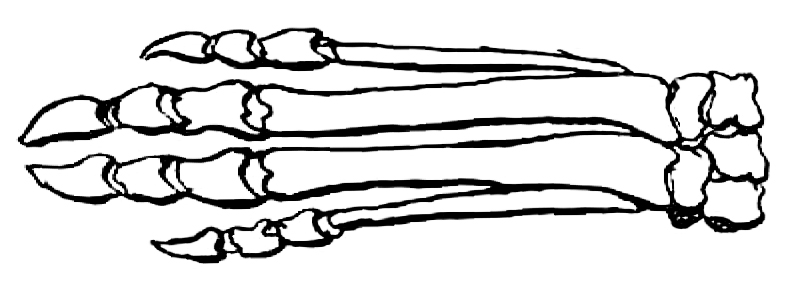From Hugh Falconer [1842–3]1
My interest in the case merely arose, from its being the only ⟨section missing⟩
I have seen lately—a true Ruminant—a species of musk Deer—with the two central metacarpals quite distinct instead of being consolidated into a cannon bone—in fact the foot of an Anoplotherium in a recent ruminant.2

All that I am desirous to know about the ox I can learn the first time we meet—without putting you to the trouble of sending your notes.3
Yours very truly | H Falconer
C. Darwin Esqre
Footnotes
Summary
Has seen lately a true ruminant with the two central metacarpals distinct. It was the foot of an Anoplotherium in a recent ruminant.
Letter details
- Letter no.
- DCP-LETT-13805
- From
- Hugh Falconer
- To
- Charles Robert Darwin
- Sent from
- unstated
- Source of text
- DAR 205.5: 215
- Physical description
- ALS 3pp inc
Please cite as
Darwin Correspondence Project, “Letter no. 13805,” accessed on
Also published in The Correspondence of Charles Darwin, vol. 7 (Supplement)


